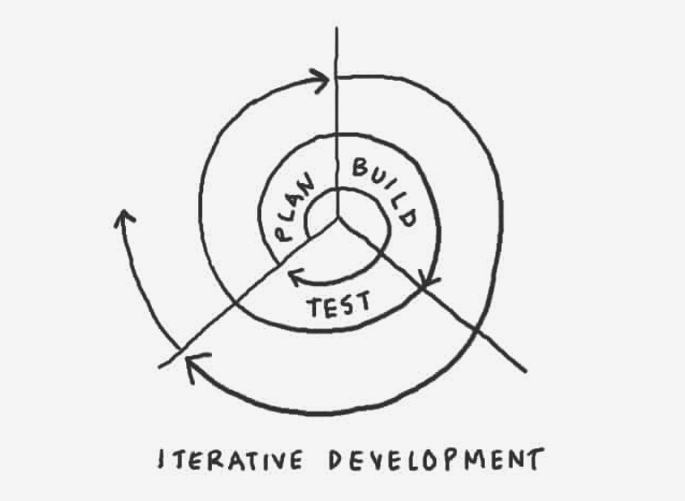Introduction
Get ready to learn what’s trending in software testing, how you can get ready to make the best out of these trends. Currently, we witness enormous changes in technological advancements, specifically in terms of digitalization.
Top Software Testing Trends In 2023

Agile and DevOps
Organizations have embraced Agile as a response to the evolving conditions and DevOps as a solution. DevOps involves practices, rules, processes, and tools that help to integrate development, while reducing the time from development to the operations cycle.
DevOps has come as an extensively accepted result to reform software lifecycles right from development to delivery.
The relinquishment of both Agile and DevOps helps to develop and deliver quality software quickly, which in turn is also known as “Quality of Speed”.
This has gained interest over the recent years and continues to grow at an extensive pace.
Test Automation

The next software testing trend to note is test automation. In order to apply DevOps practices effectively, software developers cannot ignore test automation. It is a very important element in the DevOps process.
They need to find ways to replace manual testing with automated testing. As test automation is considered to be an important tailback of DevOps, retrogression testing should be automated.
And the fact that test automation is underutilized, with lower than 20% of testing being automated, there’s a lot of room to increase the relinquishment of test automation. Popular automation tools like Selenium and Katalon continue to evolve with new features to make automation much easier and more effective.
API and Services Test Automation
Segregating the client and server is the trend in Web and mobile design. API and services are reused in more than one operation.
These changes enable testing API and services independent from the operation using them. When API and services are used across customer operations and factors, testing them is more effective and effective. The need for API and services test automation witness a steady increase. And having the right process, tool, and result for API automation tests is more critical than ever. Therefore it is crucial to learn and employ API Testing Tools for your testing systems.
Artificial Intelligence for Testing

Although applying artificial intelligence and machine learning to address the challenges in software testing isn’t new, the recent advancements in AI/ ML gives new openings to apply AI/ ML in testing. Organizations will come up with strategies to optimize testing processes in AI/ ML. AI/ ML algorithms are developed to induce better test cases, test scripts, test data, and reports.
Smart analytics and visualization allows us to understand test content, areas of high threat,etc. We hope to see further operations of AI/ ML in addressing problems, test case prioritization, fault bracket, and assignment in the forthcoming times.
Mobile Test Automation
The trend of mobile app development continues to grow as mobile gadgets are more capable now than how they were before. To completely support DevOps, mobile test automation must be a part of DevOps toolchains. The current application of mobile test automation as a software testing trend is veritably low due to the lack of tools. Using automated testing for mobile apps keeps increasing. This trend is driven by the need for more advanced tools for mobile test automation.
The integration between mobile device labs like Kobiton and test automation tools like Katalon may help in bringing mobile automation to the next level.
Test Environments and Data
The rapid-fire growth of the Internet of Things means further software systems are operating in multitudinous different surroundings.
This places a challenge on the testing engineers to ensure the right position of test content. Indeed, the lack of test environment and data is a top challenge when applying to test in agile projects. We’ll see growth in cloud-based containerized test surroundings. The operation of AI/ ML to induce test data and the growth of data systems are some solutions for the lack of test data.
Integration of Tools and Activities

It’s hard to use any testing tool that isn’t integrated with the other tools for the operation lifecycle. Software teams must integrate the tools so that multi-source data can be gathered to apply AI/ ML approaches effectively.
For Example, using AI/ ML to describe where to concentrate testing on, needs not only data from the testing phase but also from the conditions, design, and implementation phases. Along with the trends of DevOps we will see testing tools that allow integration with the other tools.
Conclusion
Watch out for these software testing trends in 2023 and keep track of all the exponential changes to know when to implement the right one for your needs.
Keeping up with these trends would give your testing team the advantage to stay ahead in the industry. To know more about these trends and to know how to implement these the right way, you need to seek professional help.
Get in touch with our AlignMinds professionals who know the game so they can lead you through the process every step of the way in 2023.





































